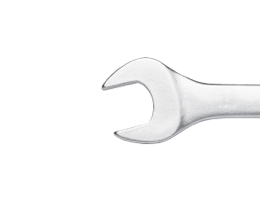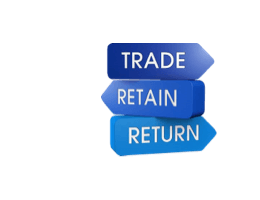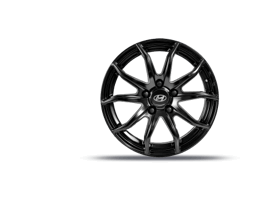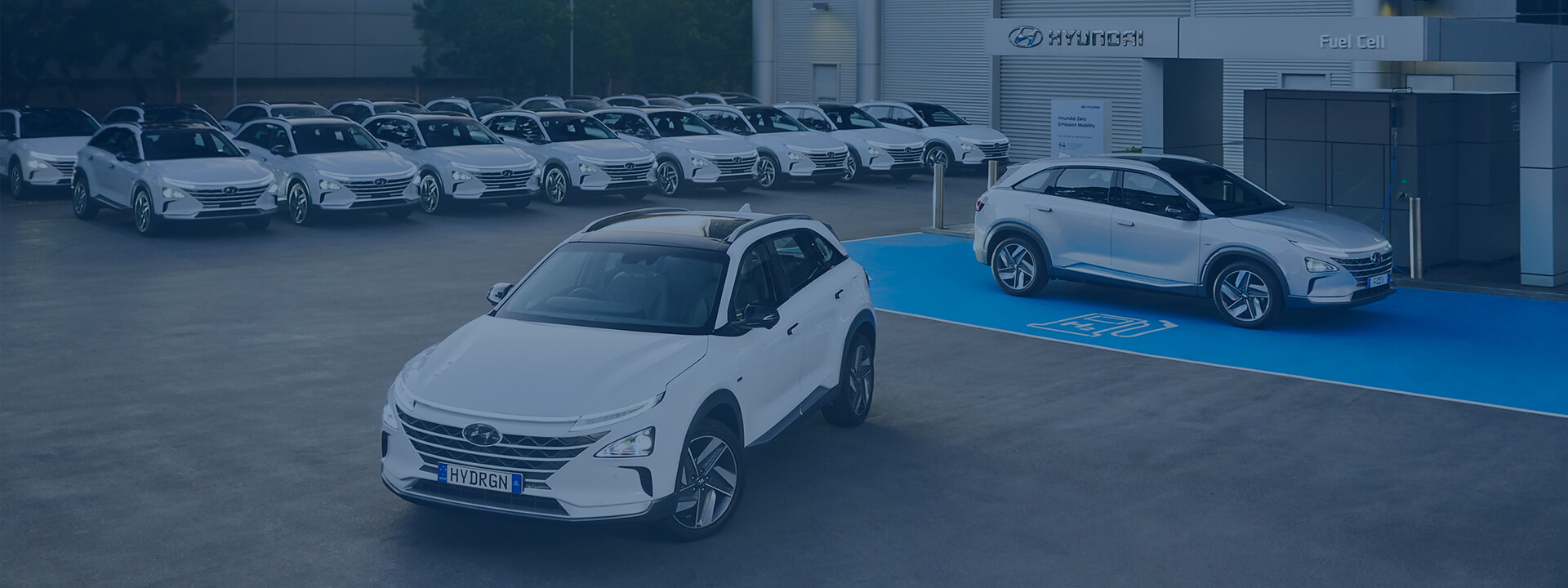Fuel cell fleets: vehicle fleets worldwide are choosing hydrogen with NEXO a top pick.
As fleets look to expand their zero emission line-ups, hydrogen is increasingly on the radar.
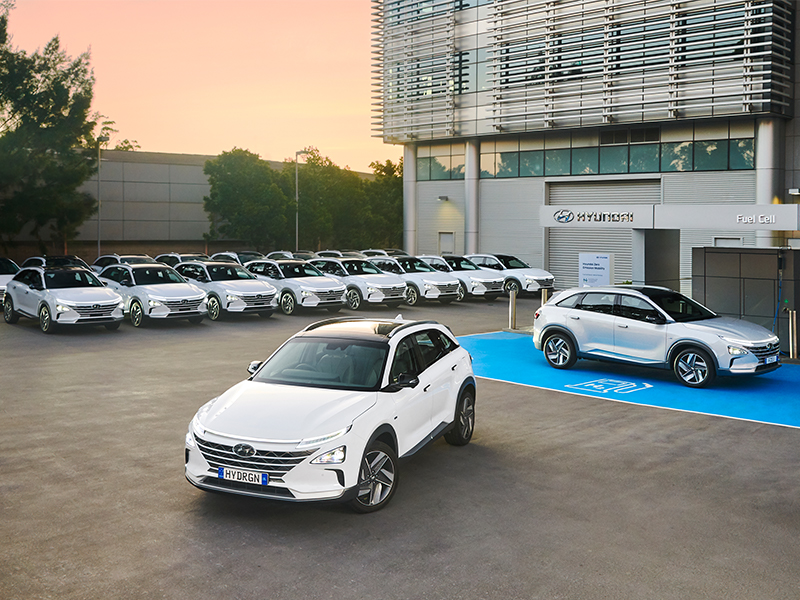
Hyundai NEXO’s at our Sydney headquarters awaiting delivery to the ACT Government.
It may have always been known as the fuel of the future, but hydrogen has put that tag line behind it and is now becoming the fuel of fleets.
For fleets driving longer distances or in near continuous use, wanting a similar refuelling experience to traditional cars or looking to diversify their electric vehicle line-up, then hydrogen fuel cell electric vehicles (FCEVs) are now a real option.
From the second half of 2020, Australian fleets for the first time will be able to include FCEVs and two customers have already got on board.
In June we announced 20 of our NEXO SUV had landed in Australia in readiness for delivery to the ACT Government in the coming months. This will be followed by another five heading to the Sunshine State for use by the Queensland Government.
These fleets will represent the first FCEV fleets in Australia and we expect will start a trend for hydrogen vehicles in not only government fleets, but private fleets across the country.
Given hydrogen is here, we take a look at some examples of overseas fleets that have already jumped on the FCEV train and successfully integrated the NEXO into their line-ups.
NEXO for car share.
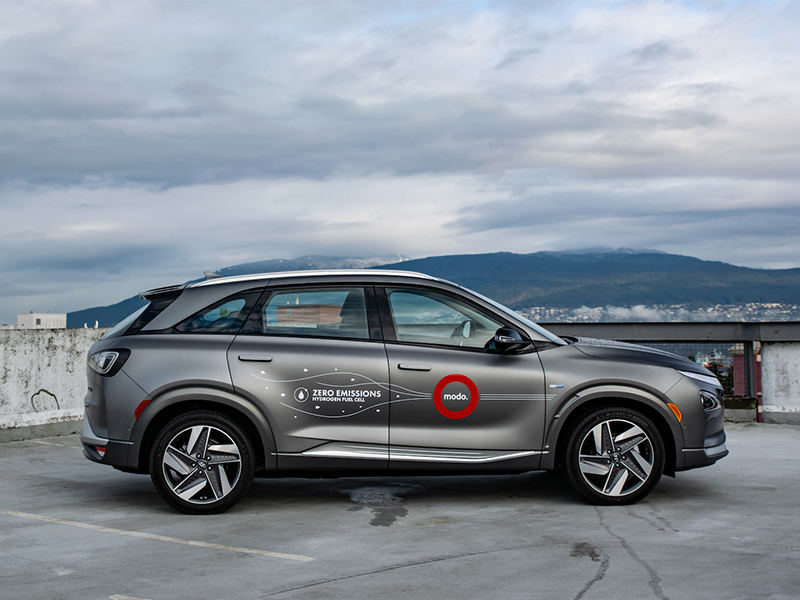
Modo’s two NEXO FCEVs available for car share.
Canadian car share company, Modo added two NEXO’s to its fleet in 2019.
These vehicles are available for consumers to use and provide complete access to FCEVs, allowing Canadians to learn about and experience this technology firsthand.
“We are excited to be the first car share to offer consumers the opportunity to experience a hydrogen fuel cell vehicle for themselves” Patrick Nangle, CEO of Modo.
The Vancouver based vehicles fill up at the city’s public refueling station located in the Marpole neighborhood.
NEXO for police.
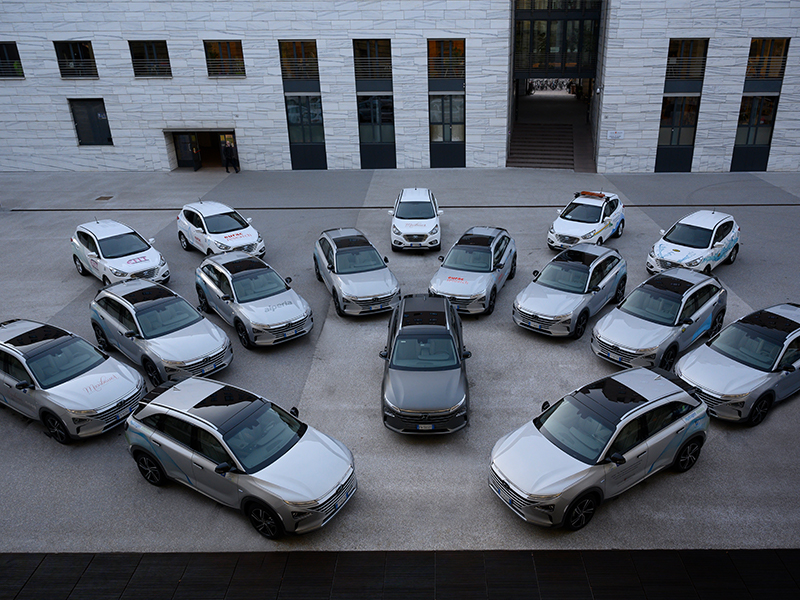
FCEV fleet of Bolzano, Italy (comprising Hyundai NEXO and its predecessor, the ix35).
The police in Bolzano, Italy are already using the NEXO predecessor, the ix35 as a patrol car.
Recently they expanded their FCEV fleet and added the NEXO for emissions-free patrolling on the polluted Brenner Autostrada.
The NEXO is also being used by police forces in England and, more recently, Germany.
Surrey Police in south-east England have one NEXO in their fleet. Meanwhile, the police force in Osnabrück, Germany, also recently brought a NEXO police car into service, making their mobility even greener.
NEXO for government.
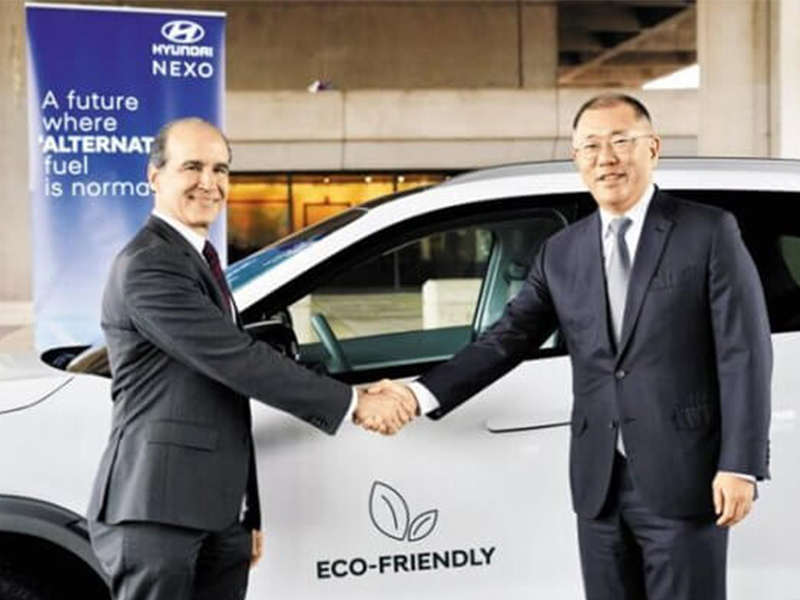
Euisun Chung, Executive Vice Chairman of Hyundai Motor Group and Under Secretary of Energy Mark W. Menezes announced the expansion of the partnership between Hyundai Motor Company and the Department of Energy.
Earlier this year, Hyundai expanded its partnership with the US Department of Energy (DOE) and will provide five NEXOs for use in various regions of the country including Washington, DC.
The vehicles will be used for research, training and workforce development within the DOE and its agencies.
Hyundai and the US Federal Government’s cooperation in hydrogen and fuel cell technologies dates back to 2004, when together with our affiliate Kia Motors Corporation we offered 33 fuel cell vehicles to the DOE.
NEXO for rideshare.
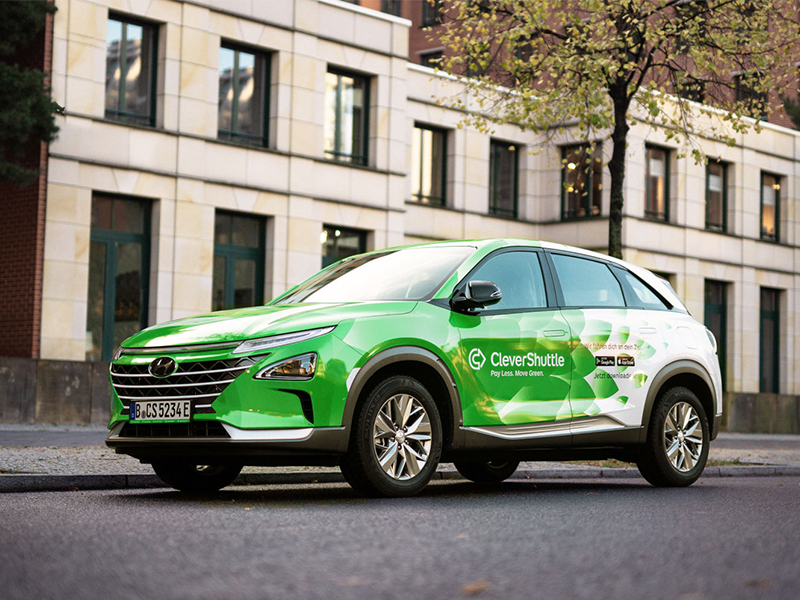
A CleverShuttle NEXO FCEV on the road in Berlin.
CleverShuttle, a Berlin based environmentally friendly ride pooling service, introduced 25 Nexo’s into its fleet in early 2020 making it the largest FCEV fleet in Germany.
The driver service only includes electric vehicles and is based on a business model that intelligently brings different passengers together. By bundling individual trips and the fastest route, the roads are relieved, and emissions are also saved.
With 25 new FCEVs in Berlin, as of January 2020 Clevershuttle’s hydrogen fleet comprised a total of 67 electric cars.
"We started to offer an environmentally friendly and convenient alternative to our own car. Technology openness is the key issue for us, which is why we deliberately rely on battery-electric and also hydrogen-electric vehicles." Bruno Ginnuth CEO of CleverShuttle.
As you can see the fleets embracing FCEVs are varied in the way they use their vehicles, but all have one thing in the common, and that’s to transition to cleaner modes of mobility.
The versatility of the NEXO is one of its greatest strengths and we’re excited to see what the future holds for its roll out in fleets across Australia!
